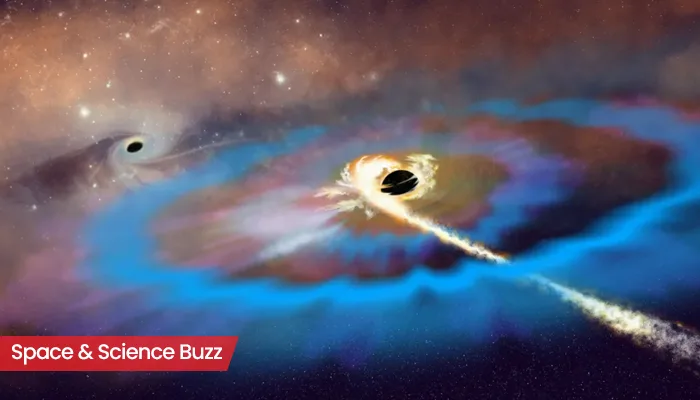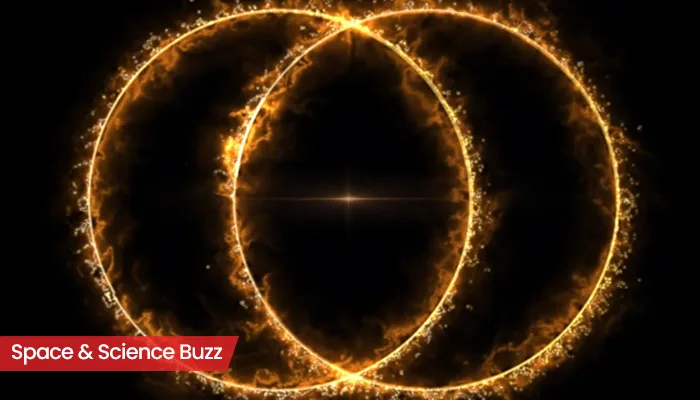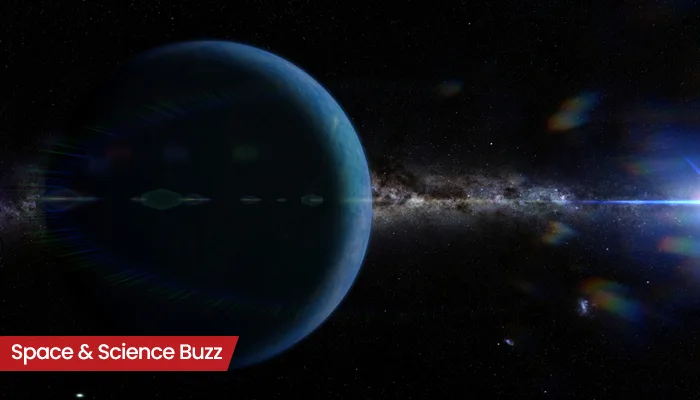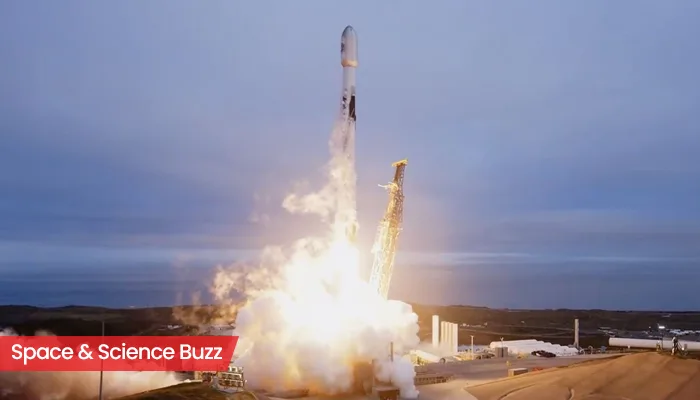Celestial Clarity: Secrets of Moon's Mysterious Atmosphere Revealed; Why it's a Gamechanger for Science & Our Future?
- Soham Halder
- 1 year ago
- 4 minutes read

How's the atmosphere in Earth's only satellite? Is it similar to the Earth or totally different?
From the beginning of space research, scientists have been looking for these answers. The hunt for alternate habitats in the space due to cliamte change in mother planet has somewhat increased the need for understanding the lunar atmosphere. After lot of research, scientists solved mysteries of atmosphere on the Moon. Let's find out the key insights and why this is revolutionary for our future.
Lunar Atmosphere:
The astronauts, who travelled Moon got the first hint of unique atmosphere on Moon. However, what caused that peculiar atmosphere was not understood.
Blanket of Gases: The Moon comprises a thin and tenuous yet persistent blanket of different gases. The major puzzle was how moon is capable of sustaining that “diffuse shell of gasses.” Scientists termed it as Exosphere.

Credit - @SPACEDOTcom X handle
Moon Atmosphere vs Earth Atmosphere: It's important understand the difference between moon and earth’s atmospheres to visualise it further. Earth has a thick layer of atmosphere, whereas, thin lunar atmosphere doesn't support collision between atoms to form own atmosphere. Of course, the magnetic field of earth act as “confining influence” on the lunar environment. But, the raw solar activity must have stripped away the exosphere. How it's getting replenished continuously? The answer lies in soil sample collected from the Moon.
Meteorites in Action: “Tiny micrometeorites, barely the size of grains of dust, are constantly smacking into the lunar surface, kicking up and vaporizing lunar dust, and releasing atoms into the space around the Moon,” mentioned in the recent study led by planetary scientist and cosmochemist Nicole Nie from Massachusetts Institute of Technology (MIT).
The Consequences: Nicole Nie explained; “Meteorite impacts generate high temperatures ranging from 2,000-6,000 degrees Celsius. These extreme temperatures melt and vaporise rocks on the lunar surface, releasing atoms into the atmosphere.”
“The Apollo missions carried instruments to the lunar surface which detected atoms in the air,” Nie added further.
So, meteorites contribute to the atmosphere creation on the Moon.

Moon sample analysis at laboratory
Credit - @SPACEDOTcom X handle
How Scientists Got the Answers?
NASA sent Lunar Atmosphere and Dust Environment Explorer (LADEE) spacecraft to study moon's atmosphere in 2013. This mission revealed two probable mechanisms for Moon’s atmosphere. The first one is meteorite impacts and the other one is solar wind sputtering.
Along with this, the research team analyzed different forms of potassium and rubidium in nine soil samples from five Apollo missions. This revealed 70% and 30% contribution of meteorite impacts and solar wind sputtering respectively for the atmosphere.
Will it Shape Humanity’s Future?
“Many important questions about the lunar atmosphere remain unanswered. We are now able to address some of these questions due to advancements in technology,” Nie said recently.
We’re celebrating the full Moon with a look at what’s to come with Artemis II and a look back at our Artemis I journey, which set records, exceeded expectations, and established new baselines for humans in deep space.
— NASA Artemis (@NASAArtemis) April 23, 2024
View the story here: https://t.co/jZAYYp2kR7 pic.twitter.com/jZFUcvZdkx
Credit - @NASAArtemis X handle
The moon constantly encounter large or small meteorites, replenishing its atmosphere. The researchers detected argon, helium, neon, potassium, rubidium in lunar atmosphere which extends around 100 km. On the other hand, Earth's atmosphere extends to around 10,000 km.
Moon holds enough gaseous oxygen to support around 8 billion people for over 100,000 years. However, this oxygen is trapped inside the layers of rocks. Thus, it becomes unsuitable for breathing and living in.
Despite decades of lunar research, researchers continue to reveal surprising insights about the moon.
Space agencies like NASA and ISRO are preparing for manned Moon missions. NASA’s Artemis mission will carry humans this decade. Recently, some of the spots with less amount of radiation have already been detected for astronauts to land. Will Moon provide humans the place to build habitation there? Only time will tell.

.WEBP)
.webp)
.webp)
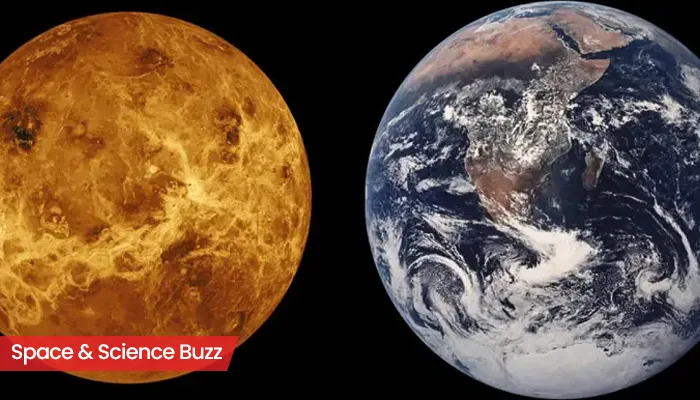
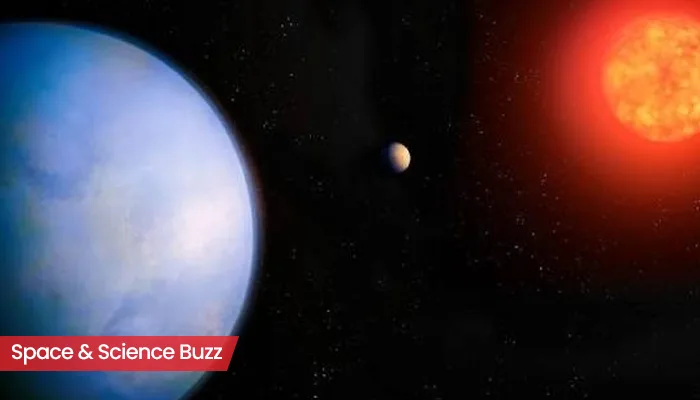
.webp)
.webp)
.webp)
